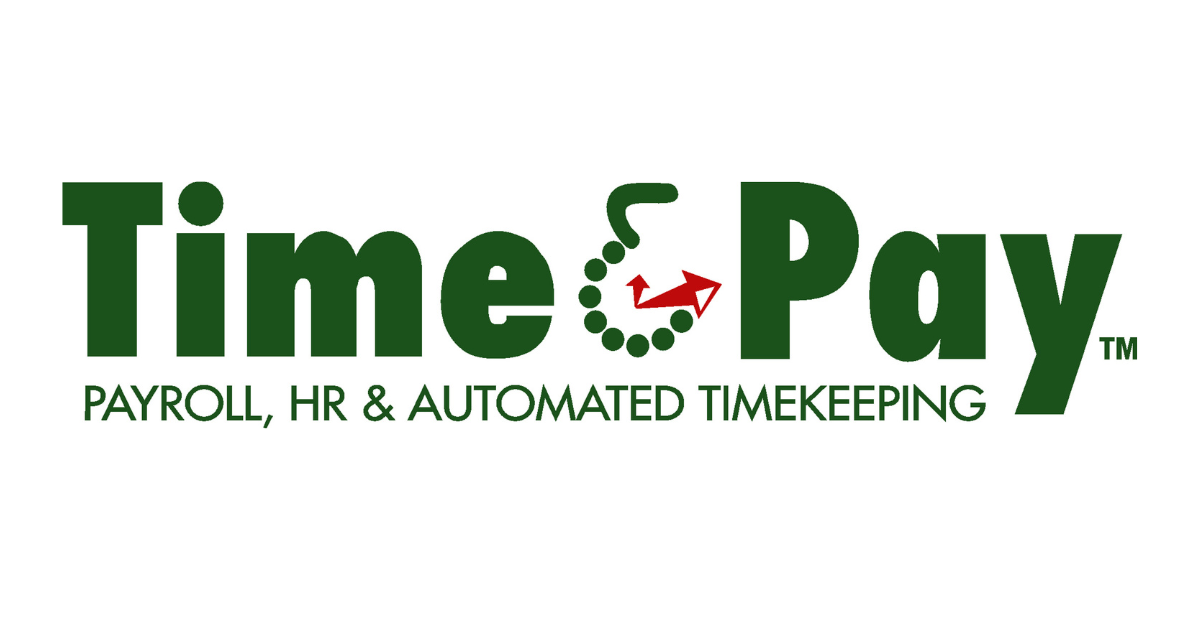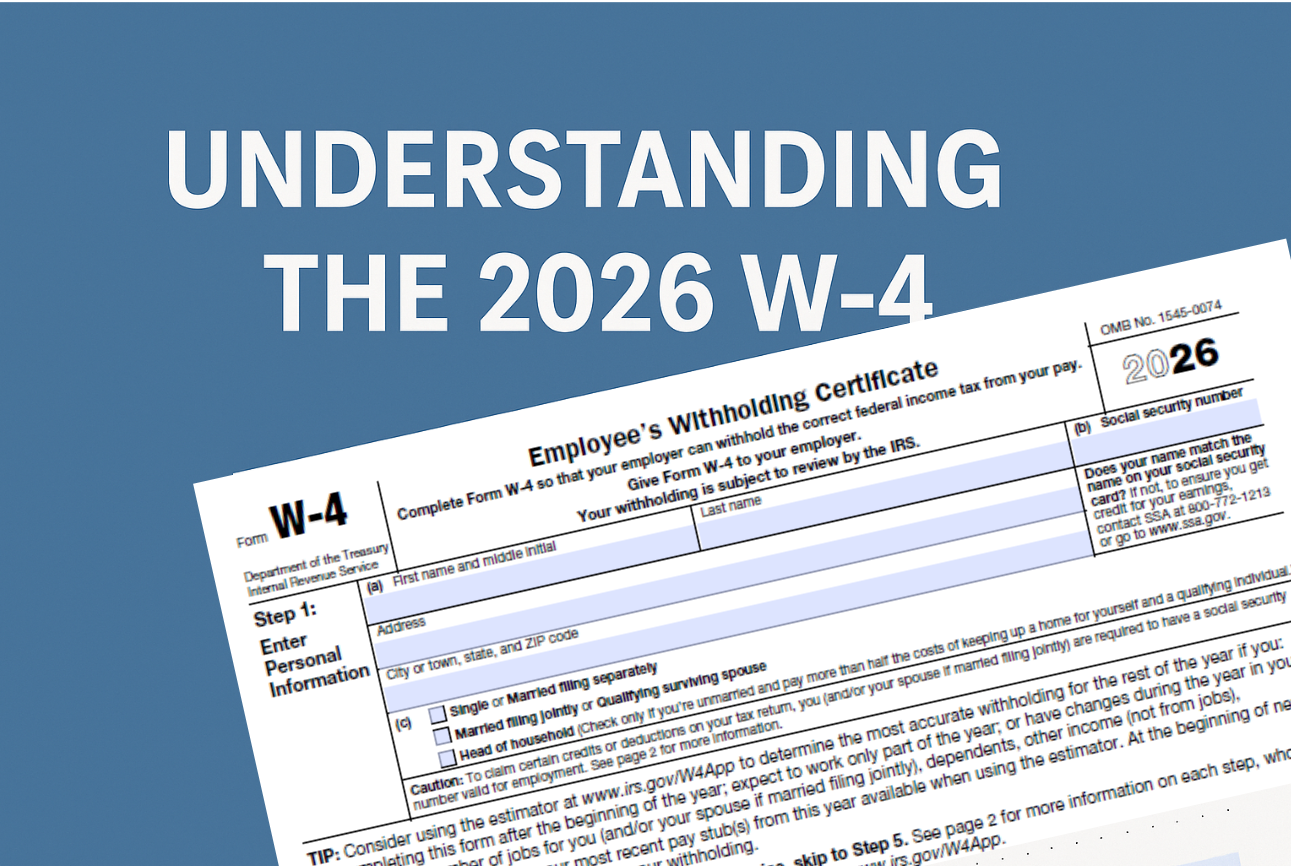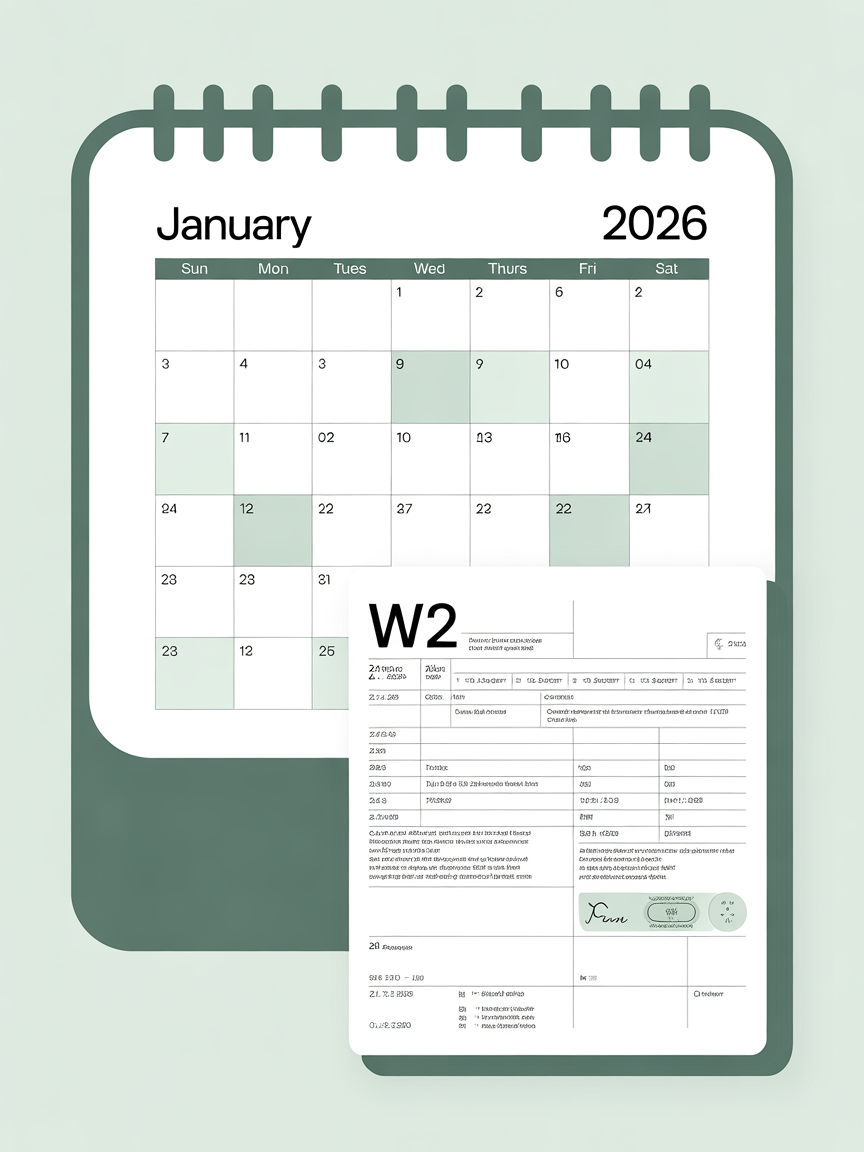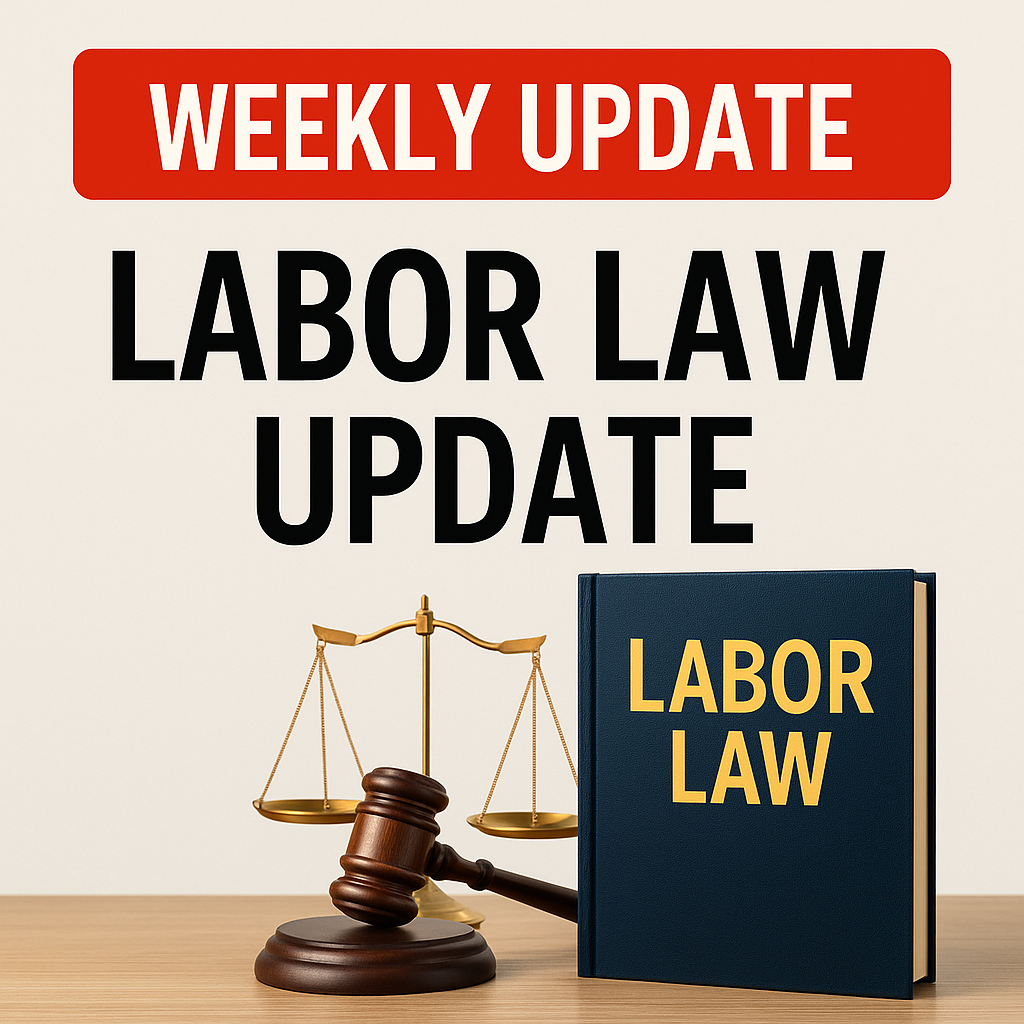Ever feel like you're drowning in a sea of paperwork? You're not alone. In today's fast-paced business world, managing documents efficiently is crucial. Let's dive into how modern document management systems are revolutionizing the way we handle workplace documentation.
Say Goodbye to Paper Chases
Remember the days of chasing employees for signatures on important documents? Those days are over. As noted in our recent research, "Documents here can have a signature page attached so that the employee can acknowledge that they've read the document." This simple feature is a game-changer for HR professionals and managers.
Customization is King
One size doesn't fit all when it comes to workplace documents. That's why the ability to "build custom documents that employees can fill out and sign" is so valuable. This flexibility allows you to tailor forms to your specific needs, ensuring you capture all the necessary information without unnecessary fluff.
The Remote Work Revolution
With more people working from home than ever before, digital document management isn't just convenient – it's essential. Electronic signatures and customizable forms are becoming the norm, reflecting a broader shift towards digital workplace practices.
Beyond Basic Document Management
Smart document systems do more than just store files. They:
- Streamline workflows by reducing follow-ups
- Ensure compliance by tracking acknowledgments
- Foster accountability through clear record-keeping
- Enhance employee engagement with user-friendly interfaces
Real-World Impact
Let's look at a quick case study. TechCorp, a mid-sized software company, implemented a new document management system last year. The results?
- 50% reduction in time spent on document-related tasks
- 95% improvement in on-time policy acknowledgments
- 30% increase in employee satisfaction with HR processes
Tips for Getting Started
Ready to level up your document game? Here are some quick tips:
- Assess your current pain points in document management
- Look for systems that offer both signature tracking and customization
- Consider integration capabilities with your existing tools
- Don't forget about user experience – employees should find it easy to use
- Start small – pick one process to digitize first, then expand
What's Next?
The world of document management is evolving rapidly. From AI-powered form filling to blockchain-verified signatures, the future looks exciting. Stay tuned to our blog for the latest trends and tips.
Ready to transform your document processes? Click here to learn more about cutting-edge document management solutions.
Remember, in the digital age, smart document management isn't just about going paperless – it's about empowering your team to work smarter, not harder. Let's make drowning in paperwork a thing of the past!




